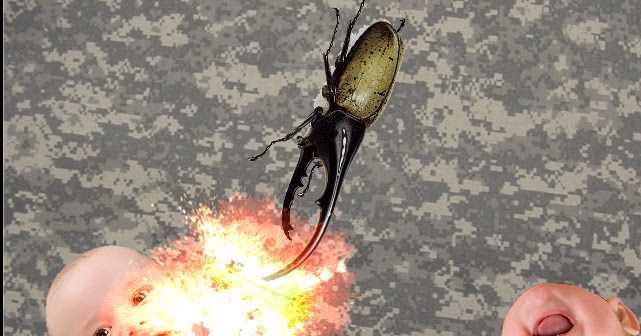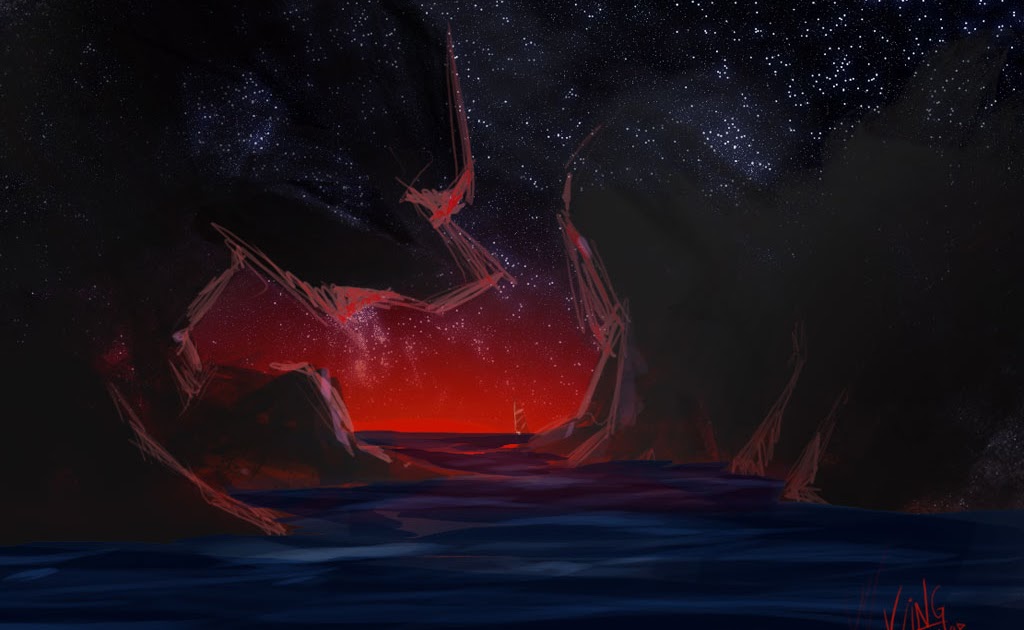
It was the inspired idea of his collaborator James Lapine, who wrote the book, to braid several classic fairy tales into a two-act piece that begins as farce and then takes a turn toward the tragic. What Sondheim was after was a quest story, something fun and fanciful. Sometimes, as Sondheim insisted, a giant is just a giant.


But there’s no need to get too crazy about the symbolism. Sure, “ Into the Woods” has a body count that’s nearly as high as “Hamlet” ’s, its characters victimized by an enraged giant, who, depending on your metaphorical mood, might stand in for the ills of climate change or of capitalism, or the AIDS crisis (which was in full force when the musical first came to town, in 1987), or the current pandemic, or some other disaster either brought about or exacerbated by human confusion, pigheadedness, and greed. If your heart is feeling wintry while your too too solid flesh melts in the oppressive heat, if you’ve been overtaken by midsummer malaise and end-times doldrums, if you can deal with the dropping of Broadway’s masking policy and are ready to brave the BA.5 sniffles, go see it.

The show was born in the spring as a lauded Encores! production at City Center and, like Milky-White, the cow raised from the grave in the first act, has been brought back to life on Broadway. The latest spectacle to mark New York’s protracted season of Sondheim celebration is Lear deBessonet’s delectable revival of “Into the Woods” (at the St.


 0 kommentar(er)
0 kommentar(er)
